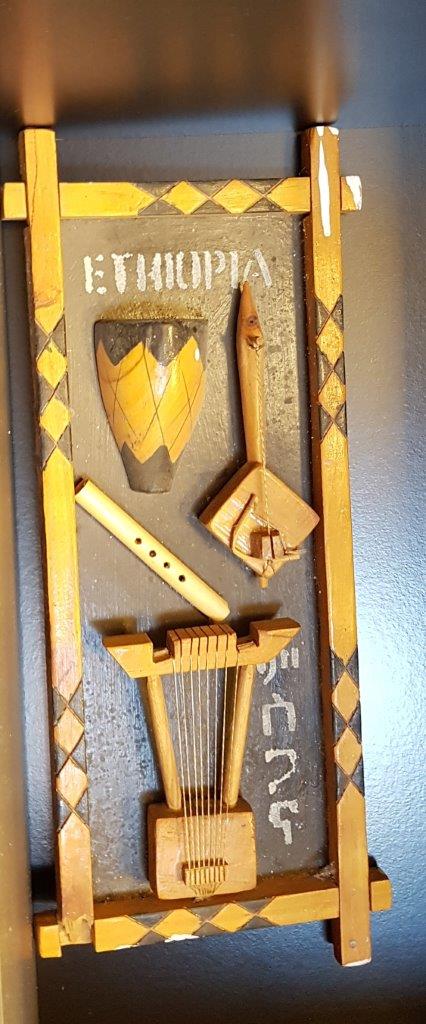

|
BAHALCHIN
|
|
Introduction
Music plays an important and integral role in the life of Ethiopian Jews both in Ethiopia and in Israel. It often accompanies entertainment, ritual, work and other aspects of daily life. However, due to the disruptions experienced by the Jewish Ethiopian community now living in Israel, some aspects of the role secular music plays in the lives of Ethiopian Jews have changed. Consequently, some questions about the future of this musical culture transported thousands of miles from its origins remain still open.
|
הקדמה
המוסיקה ממלאה תפקיד חשוב ואינטגרלי בחיי יהודי אתיופיה, הן באתיופיה והן בישראל. לעתים קרובות משמשת המוסיקה לבידור, טקסים, עבודה והיבטים אחרים של חיי היומיום. ואולם עקב ההתפוררות שחווה קהילת יהודי אתיופיה המתגוררת כעת בישראל, הרי שאחדים מן ההיבטים של המוסיקה החילונית השתנו. כתוצאה מכך, נותרות שאלות אחדות, בקשר עם עתיד התרבות המוסיקלית שהובאה מרחק אלפי מיילים ממקורותיה, כשהן פתוחות
|
|
| Music and dance Music and dance appeared to be distinctly interwoven concepts in the culture. The songs performed at the celebrations and gatherings mentioned above were called Zefen, defined as “song and/or dance”. The dance was usually performed by one or two dancers dancing at the same time, while the rest of the group would form a circle around them, and encourage the dancers with their singing, and clapping. When dancing, the dancers would hold scarves tied around their waists, and move in small steps. |
מוסיקה וריקוד
מוסיקה וריקוד נראים כשני מונחים שונים השזורים זה בזה בתרבות. השירים שבוצעו בחגיגות והתכנסויות האמורות לעיל נקראו זפן, והוגדרו כ"שירים ו/או ריקודים". הריקוד בוצע בדרך כלל על ידי רקדן אחד או שניים שרקדו בו זמנית, בעוד שאר הקבוצה יוצרת מעגל מסביבם ומעודדת את הרקדנים בשירה ומחיאות כפיים. בעת הריקוד עוטים הרקדנים צעיפים מסביב למתניהם ונעים בצעדים קטנים.
|
|
|
Video courtesy of Bahalachin, 2006 |
Video courtesy of Bahalachin, 2006 |
|
|
The Krar
The Krar is a five of six-stringed lyre, which can be plucked or strummed with a plectrum. The Krar comes in various shapes and sizes, depending on ethnic styles and the availability. It is made of wood, but may also be round, metal bowls over which goatskin is stretched. The trapezoidal shaped sound box is of Doris derivation, while the bowl shape is the Amhara and Tigre style. In the hide-covered resonators of the bowled Krars, two holes are made in the membrane through which the side arms are passed. In the trapezoidal wooden design, the arms extend from the frame. No sound posts are used in the bowl resonator, but the side arms are held together against the inner rim of the bowl by a wire. The wooden side arms extend in a V shape from the bowl and are joined together by a crossbar.
|
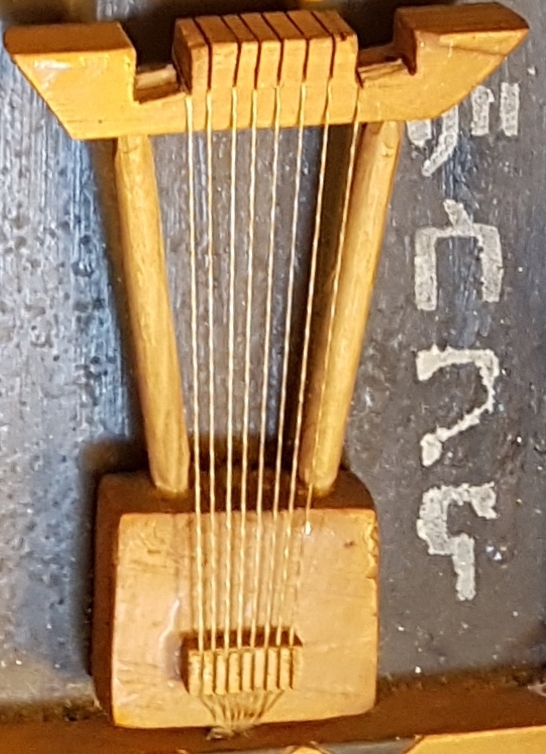
Krar |
הקראר
מבנה הכלי ומיקום הריקועים: הקראר הינו לירה בעלת חמישה או ששה מיתרים, שניתן לצבוט בהם או לפרוט עליהם בעזרת מפרט. הקראר מופיע בצורות וגדלים שונים, על פי הסגנון האתני והאפשרויות. הוא עשוי מעץ, אך ניתן לעשותו גם מקערות מתכת עגולות שעליהן נמתח עור עזים. תיבת הנגינה בצורת טרפז הינה פיתוח מסגנון דוריס, בעוד זו בצורת קערה עגולה היא בסגנון אמהרה וטיגראי. בתיבת התהודה המכוסה של הקראר הקעור נפערים שני חורים בממברנה שדרכם עוברת זרוע הכלי. בקראר בעל מבנה הטרפז מעץ נמתחות הזרועות מתוך המסגרת. בכלי הקעור לא נעשה שימוש במיקומי צליל אלא זרועות הצד מוחזקות יחדיו כנגד קצות הקערה בעזרת תיל. זרועות העץ הצידיות נמתחות בצורת V מן הקערה ומתחברות יחדיו בעזרת מוט רוחבי.
|
|
The Kebero
The Kebero is a double headed cylindrical or conical drum of various sizes, carried with a shoulder strap. The body is made of a tree trunk. The deserted length of the drum is measured after the tree is cut down, and the inside of the log is then carved out. The height ranges from 38cm to 75cm. After the length is cut from the tree trunk, both the interior and the exterior are then filled down.
|
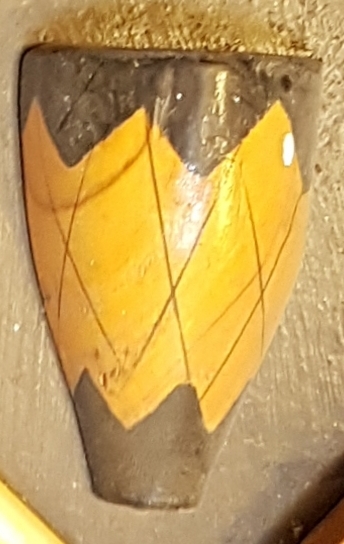
Kebero |
הקברו
מבנה הכלי ואופן הנגינה: הקברו הינו תוף בעל שני ראשים בצורת צילינדר או קונוס, בגדלים שונים, שנישא באמצעות רצועת כתף. גוף התוף עשוי מגזע עץ. אורכו הסופי של התוף נמדד לאחר כריתת העץ ופנים הגזע מגולף החוצה. האורך נע בין 38-75 ס"מ. לאחר שנקבע אורך התוף על ידי כריתת הגזע, משייפים את שני צידיו, החיצוני והפנימי של התוף.
|
|
The Masinqu (mesinko)
The Masinqu is probably the most popular and versatile of the Ethiopian instruments. It is a single stringed spiked fiddle with a diamond shaped sound box. It is the only bowed Ethiopian Instrument. The materials that go into the making of the instrument are goatskin for the sound box covering, horsehair for the bow and spike strings and wood for the rest of the instrument. Other account claim the sound box covering is made of cowhide parchment, though all the musicians interviewed in Israel agreed that the cover had to be made of goatskin. The sound box is built from a diamond-shaped wooden frame, over which the parchment is stretched to cover both faces of the sound box. The two goatskin faces are then stitched over the frame. The wooden neck pole juts from the top and bottom corners of the diamond shaped sound box through openings in the frame, and four sound holes are cut in the corners. The neck can be either round or rectangular, and at its top end a hole is bored for the tuning peg. The tuning peg is always round, and narrower on the front side where the string is tied. The spike string and bowstring are made of many strands of horsehair. The spike string is passed from the tying peg, which is carved to prevent sliding of the string, to a hole in the bridge. Behind the bridge the string is knotted to a thong made of fiber or leather, which is stretched around both sides of the bottom corner of the sound box and fitted around the bottom end of the neck pole. The bridge is shaped like a splayed, inverted V or U. The bow is arched, with a sharper curve at the end opposite the handgrip. Its string is thicker than the spike string. |
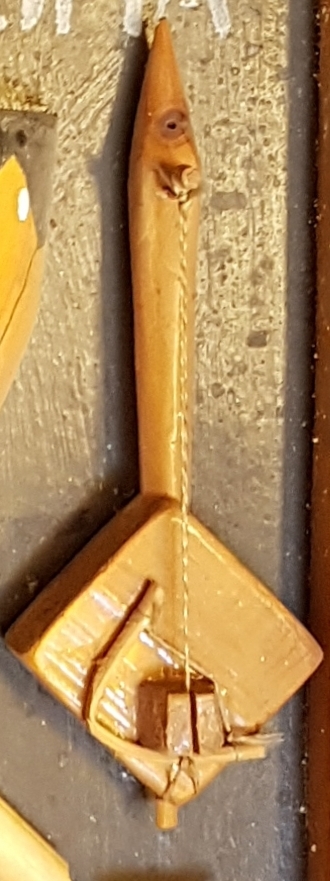
Masinqu |
המסינקו
מבנה הכלי וצורת הנגינה:המסינקו הינו קרוב לוודאי הכלי הפופולרי והרב תכליתי ביותר מבין הכלים האתיופיים. זהו כינור בעל מיתר אחד בעל תיבת תהודה בצורת יהלום. זהו כלי הקשת האתיופי היחיד. החומרים המרכיבים את הכלי הינם עור עזים לכיסוי תיבת התהודה, שיער סוס לקשת ומיתרי שיבולת ועץ לשאר הכלי. יש הטוענים כי כיסוי תיבת התהודה עשוי מקלף עור פרה, אף כי כל המוסיקאים שנשאלו בישראל, הסכימו כי על הכיסוי להיות עשוי מעור עזים. תיבת התהודה עשויה ממסגרת עץ בצורת יהלום, שעליה נמתח הקלף בכדי לכסות את שני צידי התיבה. שני צידי העור מקובעים בתפרים אל המסגרת. צידי צוואר העץ בולטים מתחתית ומראש המסגרת, וארבעה חורי צלילים נחצבים בפינות. הצוואר יכול להיות עגול או מלבני, ובקצהו העליון נחצב חור לפין המכוון. פין המכוון יהיה תמיד עגול וצר יותר בצידו הקדמי שאליו נקשר המיתר. מיתר השיבולת ומיתרי הקשת עשויים משערות סוס. מיתר השיבולת עובר מפין הקשירה, המגולף בעץ בכדי למנוע החלקת המיתר, אל החור שבגשר. מאחורי הגשר נקשר המיתר אל רצועה עשויה עור או סיבים, הנמתחת מסביב צידיה התחתונים של תיבת התהודה ומותאמים מסביב לקצה התחתון של קצה הצוואר. הגשר מעוצב בצורת V או U משופעים או הפוכים. הקשת מעוגלת בעיגול חד יותר בצד המנוגד למקום האחיזה של היד. המיתר של הקשת עבה יותר מזה של הכלי.
|
|
The Washint
The Washint is an end blown flute with four finger holes. Washints vary in length, thickness, and spacing of sound holes depending on the available materials and the tonal range preferred by the performer. The Washint length varies from 30 cm to 75 cm. Length is traditionally measured by the number of rings on the bamboo. Therefore, pitches are not duplicated from one instrument to another. Obviously the longer the pipe is, the lower the pitch, and tone becomes harder to produce. Differences in embouchure (the mouth piece and/or the position of the lips, tongue and teeth) and fingering techniques also contribute to the timbre differences in different Washints. |
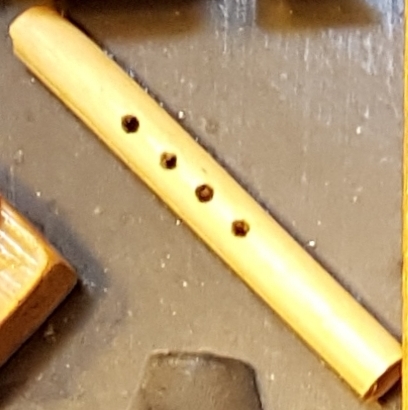
Washint |
הוואשינט
מבנה הכלי וצורת הנגינה: הוואשינט הינו חליל נשיפה בעל ארבעה חורים לאצבעות. הוואשינט שונה באורכו, עוביו ומיקום החורים, על פי החומרים הזמינים ומנעד הצלילים המועדף על היוצר. אורך הוואשינט נע בין 30-75 ס"מ. האורך נמדד באורח מסורתי על פי מספר הטבעות שבבמבוק. אי לכך, לא ניתן להעתיק את החורים מכלי אחד למשנהו. ברור כי ככל שהצינור ארוך יותר, כך החור נמוך יותר והצליל קשה יותר להפקה. ההבדלים בגידולי הבמבוק ובטכניקות האיצבוע תורמים אף הם להבדלים בגווני הקול בין הוואשינטים השונים |
|
--:--
|
Content of video תוכן
On the road: To Bahir Dar, Ethiopia בדרך לבהר-דר On the Road: to Tis Abay (The Great Smoke) Waterfall בדרך ל'' טיס אביי'' Tis Abay : Friday 27.04.07 קליפ טיס אביי: יום שיש Photos of the Bahalachin Ensemble | אוסף תמונות להקת בהלצ'ין Behind the Scenes | מאחורי הקלעים
|
FURTHER READING
(located in the library)
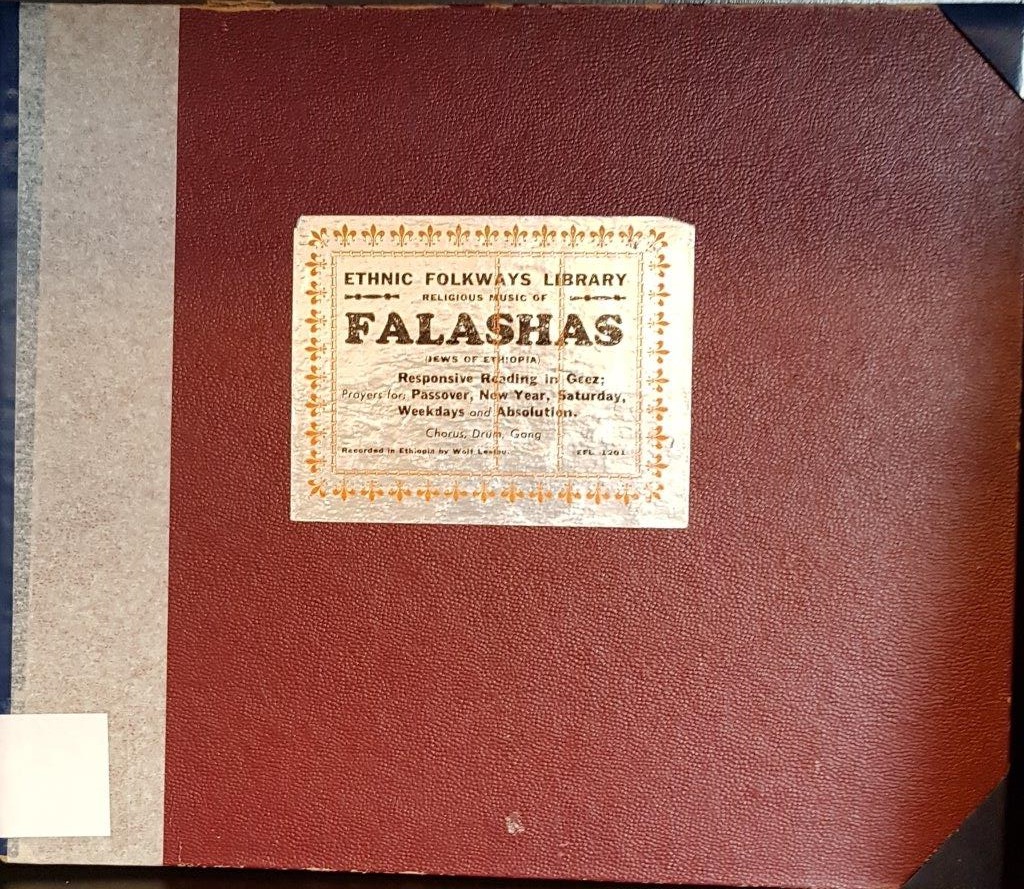
|
Music of the Falashas, Recorded in Ethiopia and with Introduction by Wolf Leslau
Ethnic Folkways Library, 1950 (Smithsonian Institution, Washington DC) |
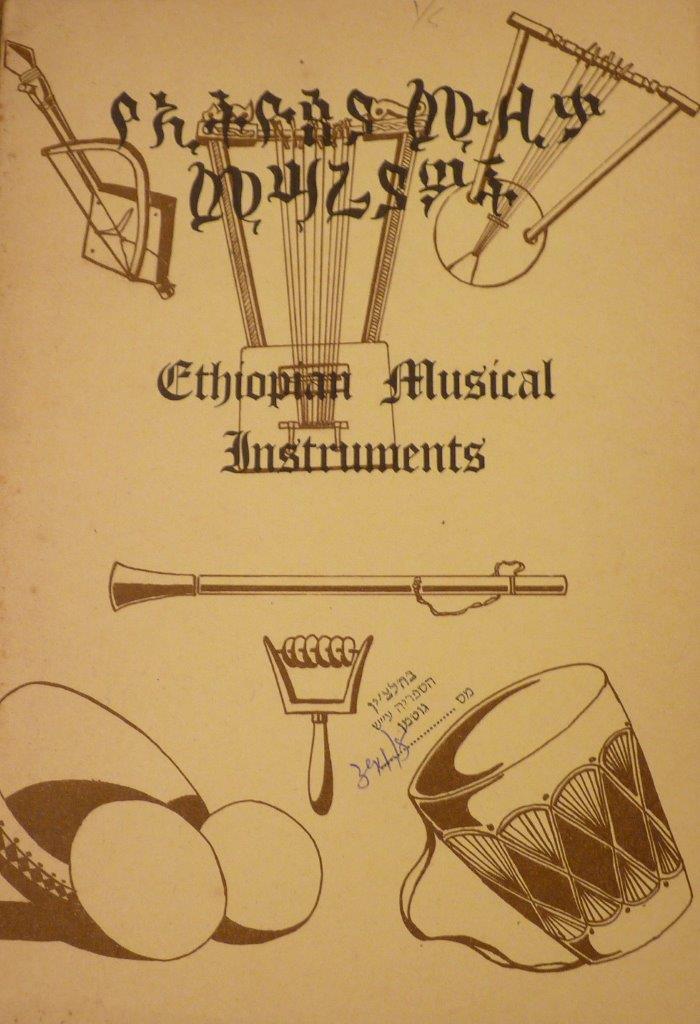
|
Ethiopian Musical Instruments |
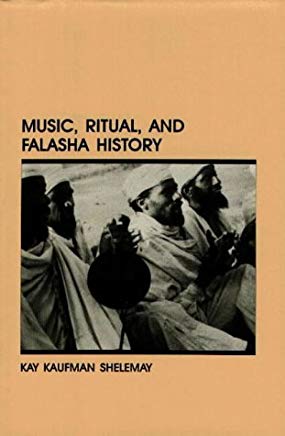
|
Music, Ritual and Falasha History, by Kay Kaufman Shelamay |
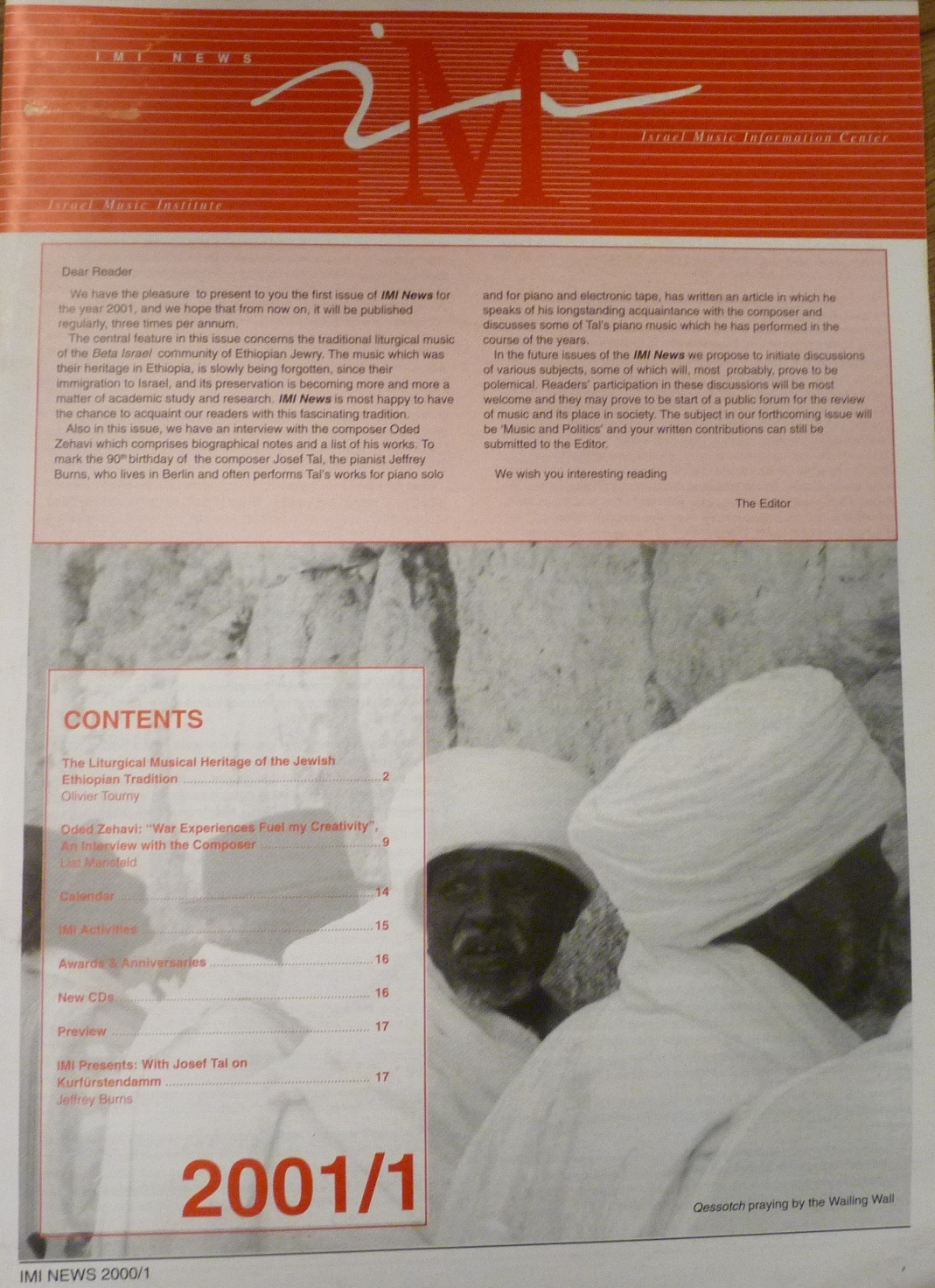
|
The liturgical musical heritage of the Jewish Ethiopian tradition, by Olivier Tourny
Israel Music Institute (IMI) News, No. 1, 2001 |
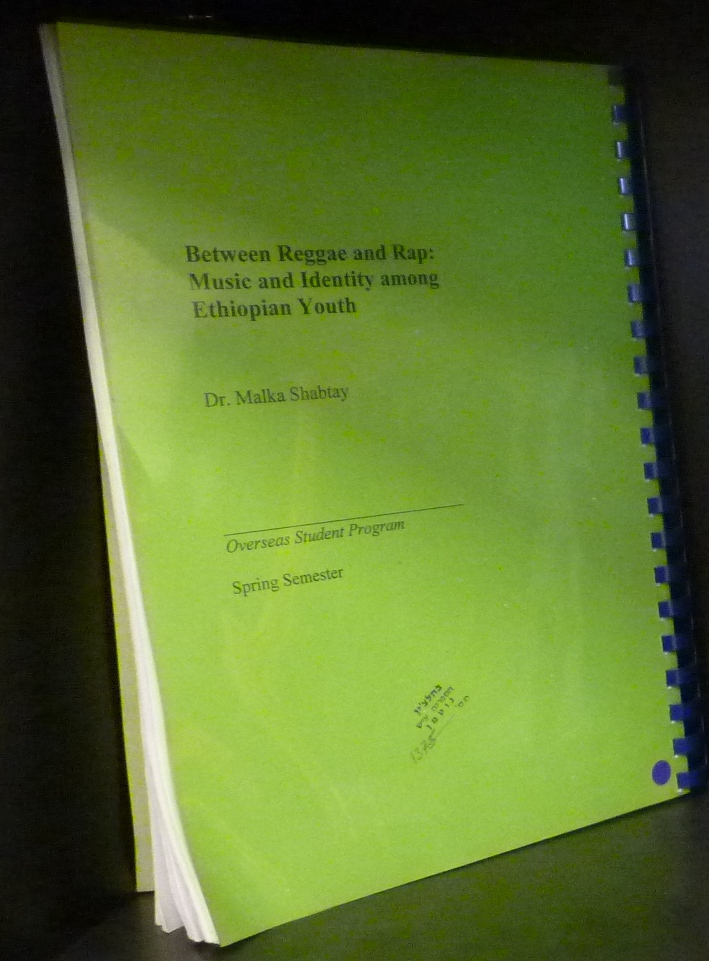
|
Between reggae and rap : music and identity among Ethiopian youth, by Malka Shabtay |